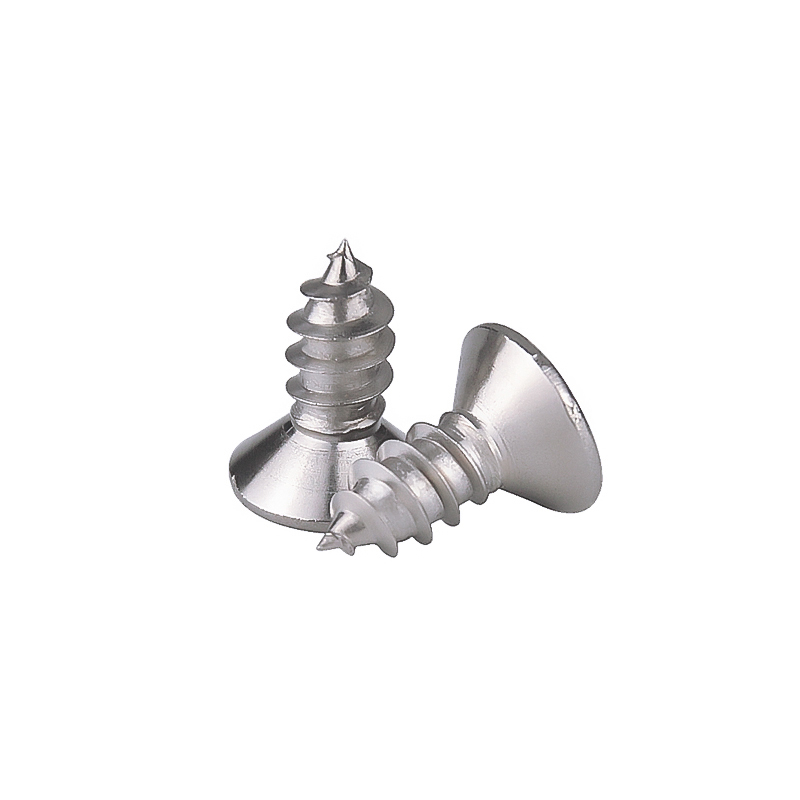- Time:2023/07/27 Posted:Dongguan prospect hardware accessories co.,ltd
Screws play a vital role in various industries and everyday applications, ensuring the stability and strength of constructions. While traditional screws have been the norm for many years, ODM Self Tapping Screws have gained popularity in recent times. In this article, we will explore the key differences between these two types of screws and how they compare in terms of performance, advantages, and applications.
1. Design and Functionality
The design and functionality of ODM self-tapping screws set them apart from traditional screws. Unlike traditional screws that require a pre-drilled pilot hole, self-tapping screws are specifically designed with a sharp, threaded point. This allows them to create their own internal threads as they are driven into the material, eliminating the need for a separate pilot hole. The ability to tap into different materials without any additional tools or steps makes ODM self-tapping screws highly efficient and time-saving.
Traditional screws, on the other hand, feature a smooth shank and require a pilot hole to be drilled before installation. This extra step adds time and effort to the installation process, especially when dealing with materials like metal or hardwood. However, traditional screws are still preferred in certain applications where higher torque and strength requirements are necessary.
2. Versatility
ODM self-tapping screws offer greater versatility compared to traditional screws, as they can be used in a wide variety of materials including wood, plastic, and some metals. The self-tapping feature enables these screws to effectively grip and secure materials without causing splits or cracks, making them an excellent choice for applications such as furniture assembly, electrical installations, and DIY projects.
Traditional screws, although not as versatile as self-tapping screws, are highly reliable in certain applications. They are commonly used in demanding industries like construction and automotive, where their higher torque capabilities and structural strength are required.
3. Ease of Installation
When it comes to ease of installation, ODM self-tapping screws have a significant advantage over traditional screws. The self-tapping feature allows for quick and effortless installation, as it eliminates the need for pre-drilling and reduces the risk of splitting the material. This makes them highly suitable for applications requiring fast assembly or repairs.
On the other hand, traditional screws require more preparation and skill to install correctly. The need for a pilot hole adds complexity to the installation process, and there is a higher risk of the screw getting misaligned or the material getting damaged during installation.
4. Strength and Durability
In terms of strength and durability, both ODM self-tapping screws and traditional screws have their unique characteristics. Traditional screws generally provide higher tensile and shear strengths due to their larger and stronger threads, making them suitable for heavy-duty applications that require superior load-bearing capacity.
However, ODM self-tapping screws, although not as strong as traditional screws, offer sufficient strength for most lightweight to medium-duty applications. Their self-tapping feature ensures a snug fit and prevents loosening over time, providing reliable and long-lasting performance.

Concluding:
In summary, ODM self-tapping screws provide a convenient and efficient alternative to traditional screws. With their ability to create threads as they are driven into the material and their versatility across different materials, self-tapping screws offer time-saving installation and reliable performance for various applications. While traditional screws still hold their ground in terms of strength and specific industry requirements, ODM self-tapping screws have undoubtedly carved out their place in the screw market, offering a viable choice for many projects.
